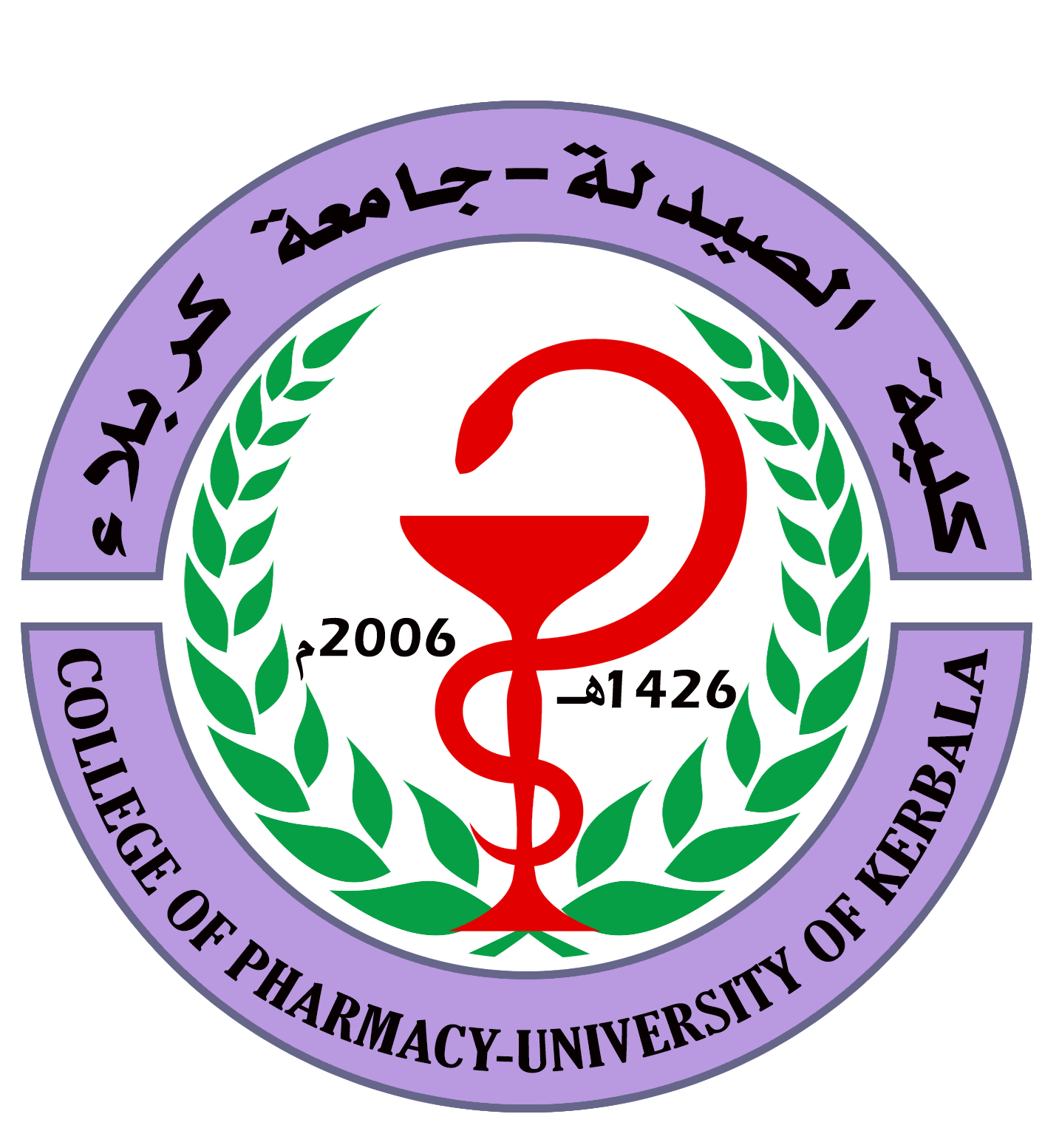Evaluation Of E-Selectin Levels in Iraqi Patients with Acute Coronary Artery Syndrome
DOI:
https://doi.org/10.62472/kjps.v15.i24.136-145الكلمات المفتاحية:
Acute Coronary Syndrome، adhesion molecule، E-selectin، inflammatory، Cytokinesالملخص
Background: There is a great deal of mortality and morbidity associated with various cardiovascular diseases that comprise acute coronary syndrome (ACS). One crucial factor in the development of ACS is inflammation of the coronary plaque. Cell adhesion molecules play a key role in the inflammatory cascade. The vascular endothelium is directly affected by elevated levels of pro-inflammatory cytokines and other systemic inflammatory markers in ACS related to atherogenesis. This causes an increase in the expression of adhesion molecules, such as selectins.
Objective: This study aims to document the inflammatory response after acute coronary syndrome by evaluating the association between serum E-selectin levels and the risk and severity of acute coronary syndrome.
Materials and Methods: A case-control study involving 120 male subjects aged 41–70 years, who were divided into two groups: 60 ACS patients and 60 healthy individuals as a control. Serum E-selectin levels were measured using an ELISA technique.
Results: The study revealed a significant increase in serum E-selectin levels when comparing patients to the healthy control group (216.07±20.26 pg/ml Vs 179.74±53 pg/ml, P ≤ 0.0001) respectively. The analysis of the receiver operating curve (ROC) for E-selectin showed a sensitivity of 85%, a specificity of 70%, a 95% confidence interval (CI) of 0.673-0.863, and the area under the curve (AUC) was 0.768. The cut-off point was set at 197.37 pg/ml or higher.
Conclusion: Elevated serum E-selectin levels in ACS patients suggest a potential role for adhesion molecules in the pathogenesis of ACS. Adhesion molecules could be considered as a biochemical marker for assessing ACS.










